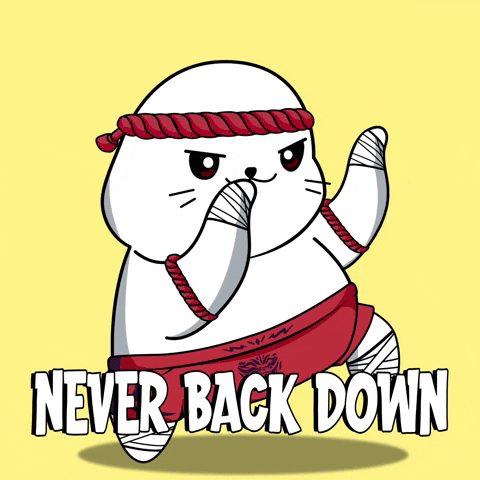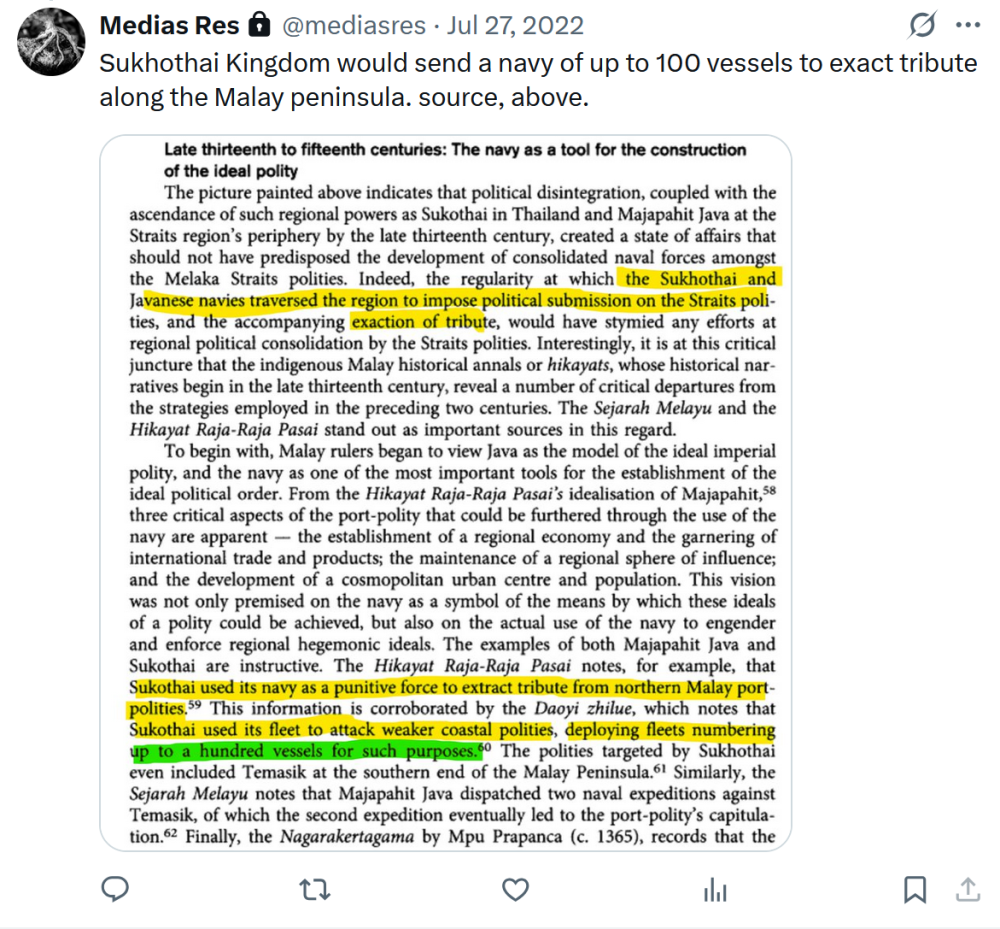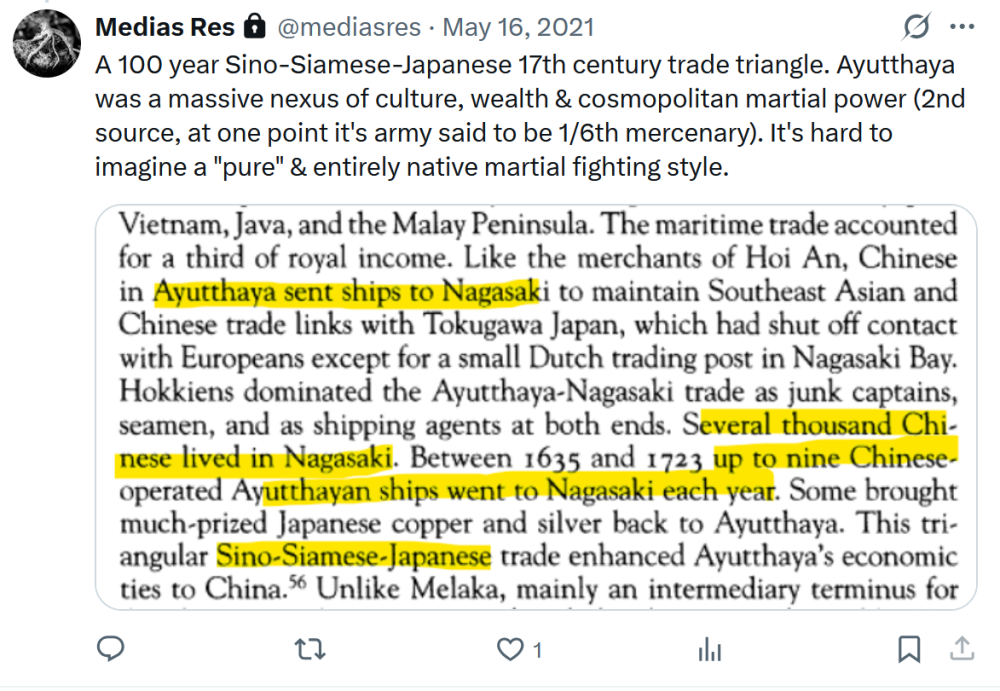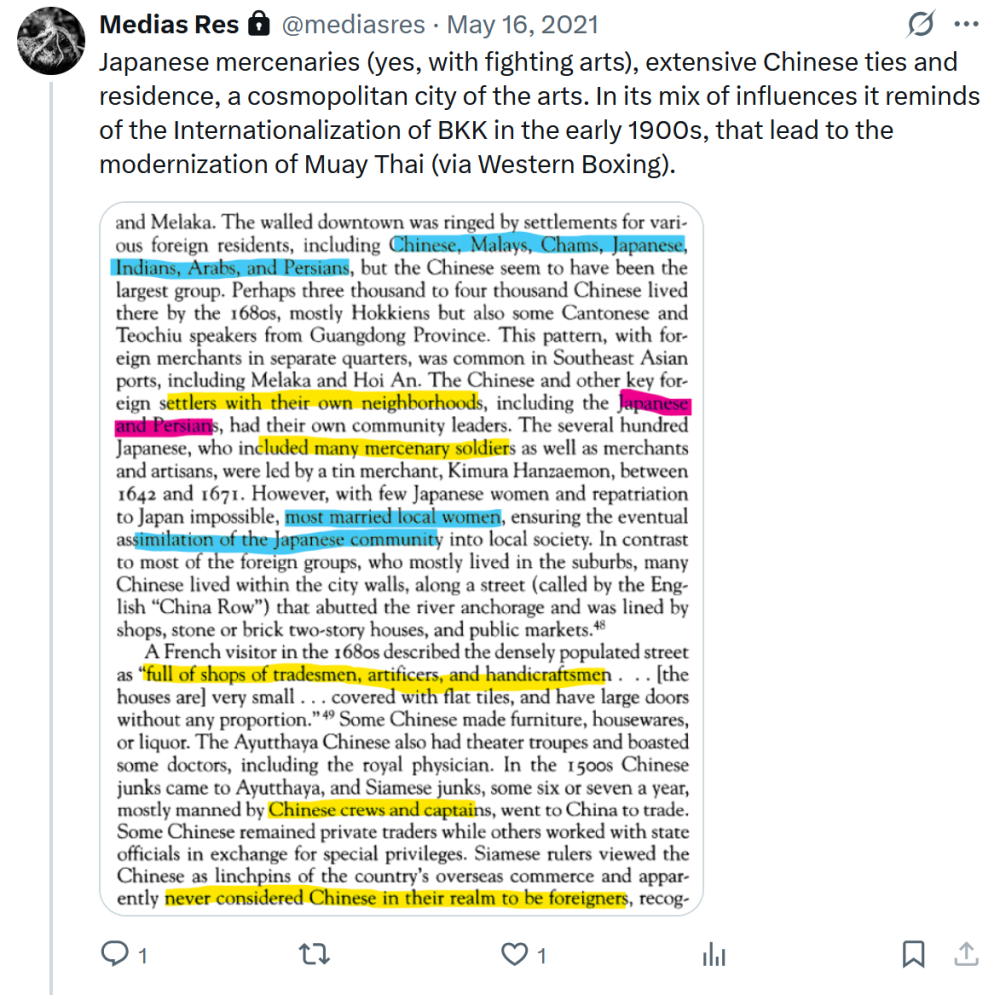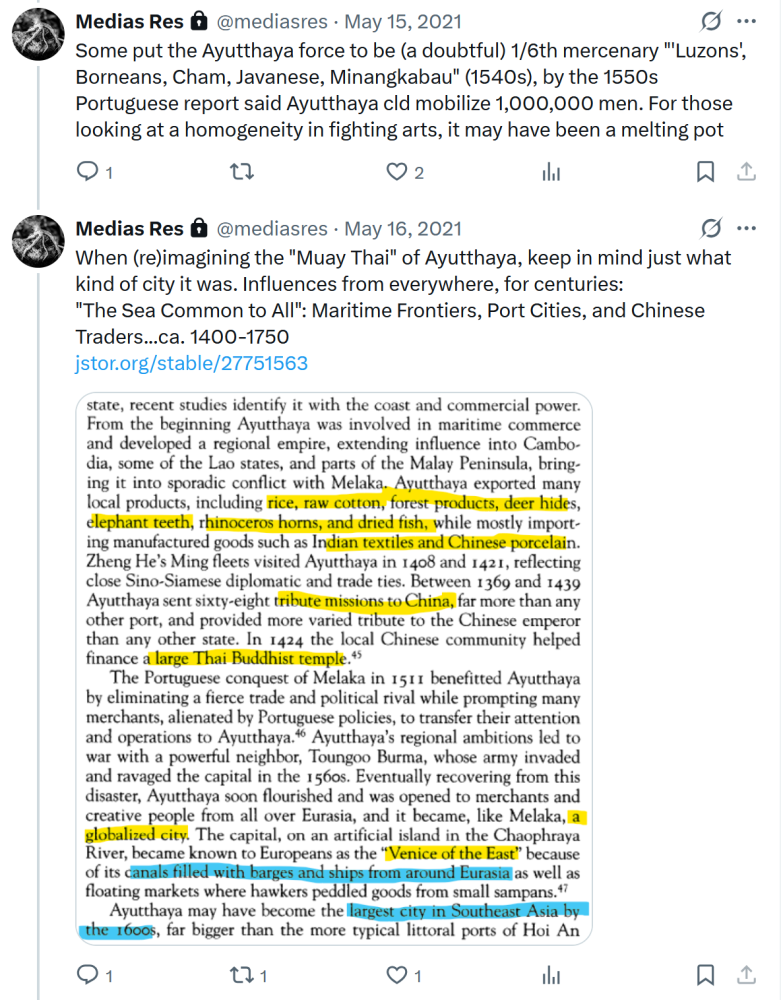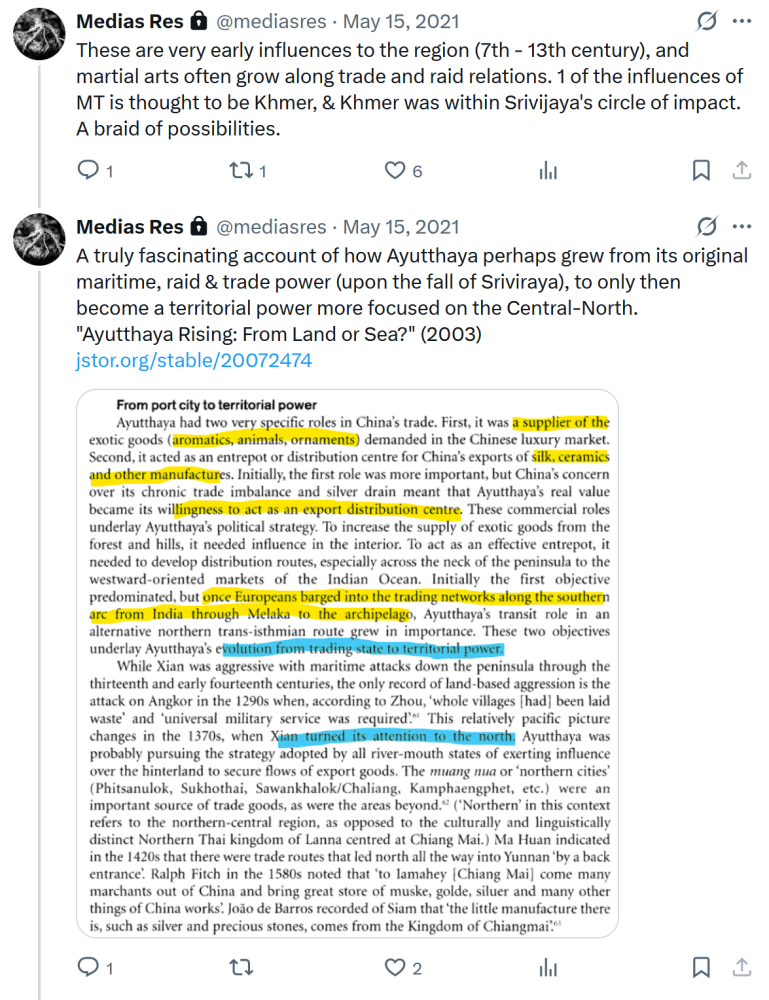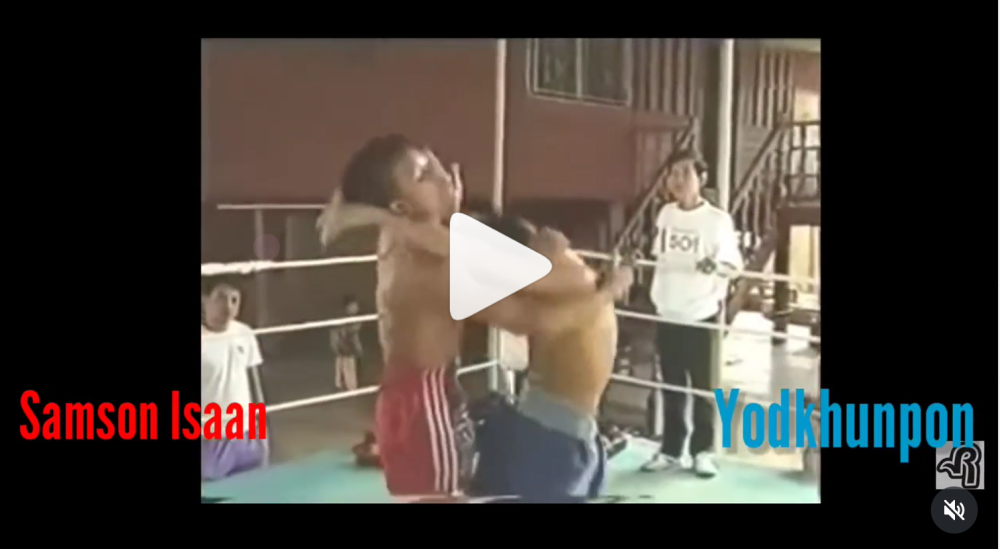All Activity
- Past hour
-
This is the difficult thing, as Muay Thai shifts to a tourism economy. Things like defense and balance development (along with timing) are very hard to develop in fighters. It takes years, and in Thailand much of it comes out of the kaimuay tradition of fighters raised and fighting since boys. Fights traditionally were scored to favor these things and the training reflected their higher-level maturation. They became embedded in the culture, and the significance of Muay Thai in Thailand, part of its "Form of Life". Teaching them required a rich subculture (which today is highly eroded), and knowledge was passed down in a non-instructive way. As Muay Thai becomes turned towards "action" moments, and incorporates the lessor-skilled non-Thai, defensive and balance roots are increasingly not fed, and will starve. Non-Thais become trainers, not developed in the kaimuay tradition, favoring things they can teach well, especially memorized offensive combos (the new signature of Entertainment sport). The deeper enrichments of balance, control and defense pass away, and notably, as fighters are discouraged from displaying these things offense-first, trade-oriented attacks actually become MORE successful. It becomes a self-feeding system of entertainment.
-
Some common sense thoughts. Leaving aside the obvious fantasy that somehow what people are doing in a commercial ring is anything close to martial combat on a field featuring a huge diversity of weapons, multiple lines of attack and various stratagems, there are some things about this image that not only gets things wrong, it gets them 180 degrees wrong. Balance First - One of the essential elements on traditional Muay Thai is the scoring of "balance", both physical balance, but also psychological balance. Are you in "control" of yourself. In a field conflict the last thing you would want is to fall off balance, or go to the ground. And you certainly don't want to be emotionally out of control. Balance is hard to develop, so moving onto other more easy to train skills (like combo-ing) becomes tempting, as Muay Thai becomes "modernized" for tourism. Throwing 100% power, off-balance combos over and over is not really "martial". Defense - On a SEA pre-modern complex "battlefield", unless you are just being Berserk, defense matters first. You do not expose yourself to even significant wounding (because deadly infection rates would be high). Instead, a priority would be defense-first. One of the aspects of traditional Muay Thai is that it largely emphasizes this A fighter who can defend and control the fight through defensive prowess was rewarded, scoring was biased along this slant for a substantial part of its history. These two core aspects of Thailand's traditional Muay Thai, scored balance and scored defense, are really closer to "martial" principles than anything you'd find in a highlight reel. What hyper-aggressive, low-defense, high-risk Entertainment Muay Thai does is make us FEEL like its war, largely from how we've come to feel about combat in cinema, from Kung-Fu showdowns to WW1 trench charges. Its there for Entertainment, and often really just to produce highlight KOs that can go into social media streams and spread the brand, so people don't even really have to watch the fight. That's okay, part of sport is just "entertainment", and can be swapped with the John Wick 4, or even cute sqeeee kittens on the Gram. But, let's not fool ourselves that it is somehow journeying back into its warfare roots, in terms of how its actually fought. Non-star Thai fighters today are constantly urged to give up all semblance of defensive control, to "sped up" with the new combos they are training on, and take high level trading risks with often bigger foreign opponents who train the same. The core, deeper aspects of fight prowess, control over oneself and defensive priority, is being left behind and some really may be lost. Let's not even talk about the much deeper disparities between ring Muay Thai and much of the warfare in the 1700s in Siam. The battle field had European rifle regiments, elephants, cavalries and every fighter was armed with a blade (on the larger scale most were probably farmers who used their harvest blades), and great deal of it was siege warfare. People were not just giving up their bodies in swinging attacks over and over. There is also significant historical evidence that European warfare was very different than SEA warfare, in that killing the enemy was much less a goal than capturing and enslaving them, because captured "enemy", often full villages, meant wealth (labor). I believe I read an estimate that Burma took more than 10,000 Siamese back to Burma as labor, some for even high level artisan labor, when Ayutthaya fell. Warfare was often a game of capture, and it was fought seasonally - there was "war season" just as wild elephants were seasonally captured.
- Last week
-
Training Twice a Day
The Bongo replied to cropf's topic in Muay Thai Technique, Training and Fighting Questions
Whatever the art, only you can truly answer your question. I'm 49. I train twice a day, twice a working week. With no work I'd be fine training twice, but then I've always had decent stamina. I train 9 to 10 1/2 hours per week with a physical job of 20+ hours hard physical work. If you have a desk job, build your strength with resistance training. You'll be amazed at what you can do. -
gamedoithuong1u joined the community
-
Training Twice a Day
dtrick924 replied to cropf's topic in Muay Thai Technique, Training and Fighting Questions
@Sylvie von Duuglas-Ittu has talked at lot about the myth of over training, under recovery, and consistency. https://8limbsus.com/muay-thai-thailand/why-we-quit-early-fatigue-long-runs-learning-from-runners @Kevin von Duuglas-Ittu usually recommend not to prepay for training. Instead, train at a few different gyms. That way you can see which gym you like best and you're not locked in if your plans change. Gyms in Thailand change fast. I'm just a Sylvie fan, I don't train or fight Muay Thai. These are just my thoughts from follow Sylvie's social media over the years. Try 1 session/day for multiple days in a row instead of 2 sessions/day every other day. If you're feeling good, you can always add more sessions/day. Take privates, to get more focused, individual attention. Stetching, foam rolling, heat, and massage can all help stiffness. -
IvaColter joined the community
-
Wewarm joined the community
-
Dominiinch joined the community
- Earlier
-
tifanynuraini joined the community
-
Hi, I'm 29 and have trained Muay Thai on and off for 2 years now. At the moment I'm in Chiang Mai and considering signing up for a months worth of training where I'll be training twice a day. What was other people's experience been with this type of training and at a similar age? Sometimes I find myself very stiff on weeks where I'll only train 2/3 times. I want to improve at Muay Thai but is this way of doing it the most effective or should I prioritise my rest?
-
DistortionBR changed their profile photo
-
loganairportcar changed their profile photo
-
solcasinojuso45 changed their profile photo
-
I think people are becoming aware that there is a kind of tourism pipeline that has developed, from commercial gyms to Entertainment Muay Thai, put on for tourists. Tourists working for tourists in tourism "shows", (notably a sport redesigned for tourists to win). There are a lot of things of value in these fights, but people are also becoming aware that they are on a conveyor belt that was made for them. The Muay Thai they came for is far from these experiences. It's very hard to work your way free from this "system" which has become pervasively pointed at the Westerner. Gyms face the problem that people come to them and say: I don't want to fight on these shows, under these rules...because this is actually a tourism system. It's made for you. For you.
-
Capil Clinic changed their profile photo
-
Somehow this is very beautiful (even if common). What a beautiful fight Crawford fought. I think there were some definite dangers in this fight, that people have been ungenerous with Canelo. That hook to the body was becoming a problem, and could even have won it, but Crawford solved it in a subtle and shifting ways.
-
Hello everyone, as someone deeply involved in Muay Thai, I've noticed early signs of hair thinning, particularly around the crown and temples. While it's common to see fighters with shaved heads, I'm interested in exploring an alternative to hair transplant for early hair loss that won't interfere with my training routine. Has anyone here experienced similar issues? What non-invasive treatments or lifestyle adjustments have you found effective? I'm particularly keen on options that won't disrupt my training schedule or require extended recovery periods. Looking forward to hearing your experiences and recommendations.
-
Best Practices for Kettlebell Training?
febane replied to febane's topic in Gym Advice and Experiences
thanks in advance for any help -
Hi everyone, I’ve recently started incorporating kettlebells into my workout routine, and I’m trying to understand the most effective ways to use them safely. I’m curious about proper form, ideal weight selection for beginners versus intermediate users, and how often kettlebell workouts should be done each week for strength versus endurance. Additionally, I’ve heard conflicting advice about combining kettlebell exercises with traditional weightlifting or cardio. Does anyone have tips, routines, or personal experiences they can share? I want to maximize results while avoiding injury.
-
There is a very strange thing happening. Waves of affluent tourism are being sent to what really is a Low Caste art and sport. Many do not realize that Thailand's society is still somewhat an operational, invisible caste system, itself formed from Siam's own, once widespread slavery and indentured servitude. The ironic thing is that some of Muay Thai's most beautiful, meaningful traditions of meaning - the things that lift it from just being a rationalized combat sport, or entertainment violence, and very likely also what made Thailand's nakmuay so incredibly effective as fighters - themselves are woven into and from that invisible caste system. It is quite extraordinary that this lower caste art and sport is becoming gentrified by both hi-so internationism and government tourism ambitions. That the sport itself is being altered so that the affluent can win, and so that traditions (and aspects of invisible caste) will be eroded. I'm not sure anything like this has ever happened before in history, I can't think of an immediate parallel. When (relatively) affluent adventure tourists attempt to partake directly in "traditional" Muay Thai they are crossing many invisible lines in the culture. A (relatively) high status person is trying to enter a low status position, blind to even the nature of "status".
-
https://www.instagram.com/reel/CuuXPkmp-SK/?igsh=MW1wcW1oZDZtMzgybg%3D%3D A great little clip of legends Yodkhunpon and Samson clinching back in Roi Et where they were upcoming Isaan fighters. Notably, you see ZERO "pretzel" (the pretzel discussed here at some length: https://www.patreon.com/posts/130545342/ ); also Samson clearly the stronger clinch fighter technically, see how everything is wrists and hands and neck, whereas Yodkhunpon avoids any of those leverages, which Samson sews together somewhat relentlessly. Also, those two nice rips. Yodkhunpon a different sort of clincher, and Sylvie and I joke today that a reason why Yodkhunpon is so anti-clinch in their sparring is that he had to suffer through clinching with Samson on the comeup, a fighter here likely at least a weight class lower. Namkabuan used to talk about how having to train against his Muay Khao brother Namphon really shaped him.
-
Hi everyone, I’ve been training in Muay Thai for a while, and I’ve noticed that my posture isn’t as good as it could be, especially when shadowboxing, clinching, or holding the guard. Sometimes I catch myself slouching or leaning forward, which I worry might affect my technique or cause long-term issues. I’m curious if anyone has experience improving posture specifically for Muay Thai. Do posture correctors help, or are there exercises, stretches, or training habits that work better? Any tips, routines, or personal experiences would be really helpful to maintain a strong, proper stance.
-
There is a mode of perception that developing Thais have less of today. Ever notice how your Thai trainer can humorously imitated exactly what you are doing wrong in an exaggerated way? How they can cartoonize the body. This likely comes out of the mode of learning itself back in the day, the way that "ruup" (form) was a mode of education and emulation. Intelligent, affective projection and modeling, in play, was how the art was communicated. With today's attention spans, difference in motivations, and really radically different Gaze Economies in gyms, this channel of development is highly diminished. It's a lost skill of perception. The rationalization of the sport, the mechanization and abstraction of the sport certainly doesn't help in this, because the sense of embodied "aura" has been lost. And Westerners enter the sport largely from this other direction, meeting the new gen of Thais in the middle, far from where the sport and art developed and was passed between persons.
-
Wow, just had an amazing conversation with Karuhat, him telling us about a Saturday Boxing show put on by OneSongChai which featured lots of Thai Muay Thai stars, in which he fought twice, losing to Nungubon and to a Muangsurin fighter whose name escapes me. Most amazing is that he said that he had no special boxing training, in terms of kru, just mixing up boxing imitation training in his small Sor. Supawan gym, and Thai principles (he's not a bad boxer even today). He lost both fights, but he also said he WANTED to lose, because if you showed promise you would be drafted onto the Thai National team at the time (he even DID get drafted onto the team, it seems, fighting on am boxing fight on the King's Birthday vs a Cuban who was incredibly fast). Amateur boxing meant lots of hard training, but not a lot of fighting, and the pay was horrible. It was the last thing he wanted. He was a star in Muay Thai, had great kaduas, fought every month, honed his femeu style. Even pro boxing wasn't that lucrative because fighters only kept 30% of the purse (in Muay Thai it was 50%), and usually didn't fight that much. He said in one of his boxing fights he even stuck his head out of the ropes, he wanted so not to do this. I asked him who was on the Thai National team the brief time he was there and he said Sittichai, Jongsanan and Coban came to mind. I also asked why it was that fighters like him could just kind of develop boxing skills without specific boxing instruction, but Thai fighters today can have all kinds of boxing instruction, even from legends, and not develop the same level of boxing skills. He said "electronics"...all the distractions. The phones, etc. He said that you used to really pay attention, go to fights and emulate fighters, really absorb their powers and ways, imitate them in the gym, steal from everywhere, now Thai fighters are just doing what they are told and going to their phones. There is no attentiveness. I asked about Namkabuan (who is in one of these SongChai boxing fights below vs Chatchai), and his "nongki bounce" footwork which seemed unusual for Muay Thai, if that came from boxing. And he said that this is just normal Muay Thai to him. You can see some of that in this clip (really, look to the Muay Thai Library session to see so much more). When asked about where Namkabuan got his boxing (in the video below) he said Nongkipahayuth probably (Karuhat spent time up there because he was friends with Namphon). Maybe some from Muangsurin (a big boxing gym the brothers sometimes trained at), but he really didn't think knowing boxing as Namkabuan did was the result of special training.
Footer title
This content can be configured within your theme settings in your ACP. You can add any HTML including images, paragraphs and lists.
Footer title
This content can be configured within your theme settings in your ACP. You can add any HTML including images, paragraphs and lists.
Footer title
This content can be configured within your theme settings in your ACP. You can add any HTML including images, paragraphs and lists.
.thumb.jpg.40c53563457866c83cfc46be0d95b6f8.jpg)
